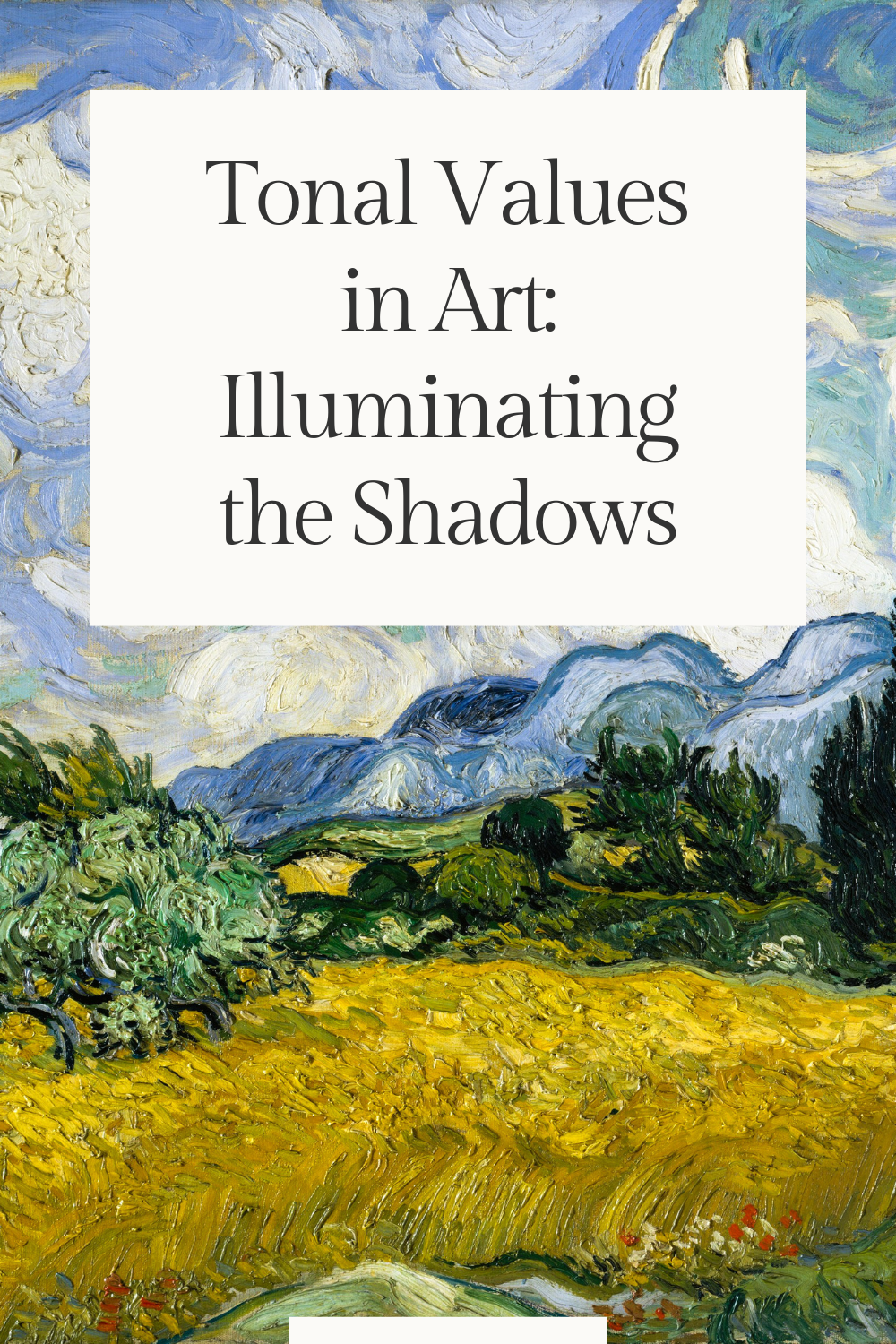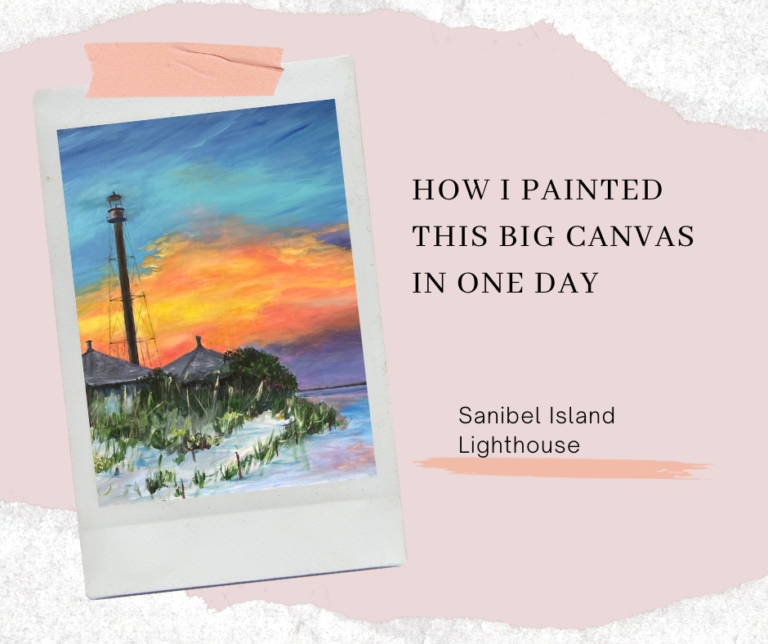Tonal values are a cornerstone of painting, playing a vital role in how we perceive light and shadow in art. Understanding and mastering tonal values can transform a piece, giving it depth, drama, and emotion.
- What Are Tonal Values?
- How to See Tonal Values
- Masters of Tonal Values: Rembrandt and Caravaggio
- Modern Masters: Edward Hopper
1. What Are Tonal Values?
In the simplest terms, value refers to the lightness or darkness of a color. The value scale, ranging from pure white to deep black, is a tool that artists use to gauge these variations. This concept is crucial in almost every artwork, helping artists create depth and emphasize focal points.

2. How to See Tonal Values
One practical way to grasp tonal values is by converting a color image to black and white using your phone or computer. This technique helps artists stay true to their reference photos and offers a clear composition overview
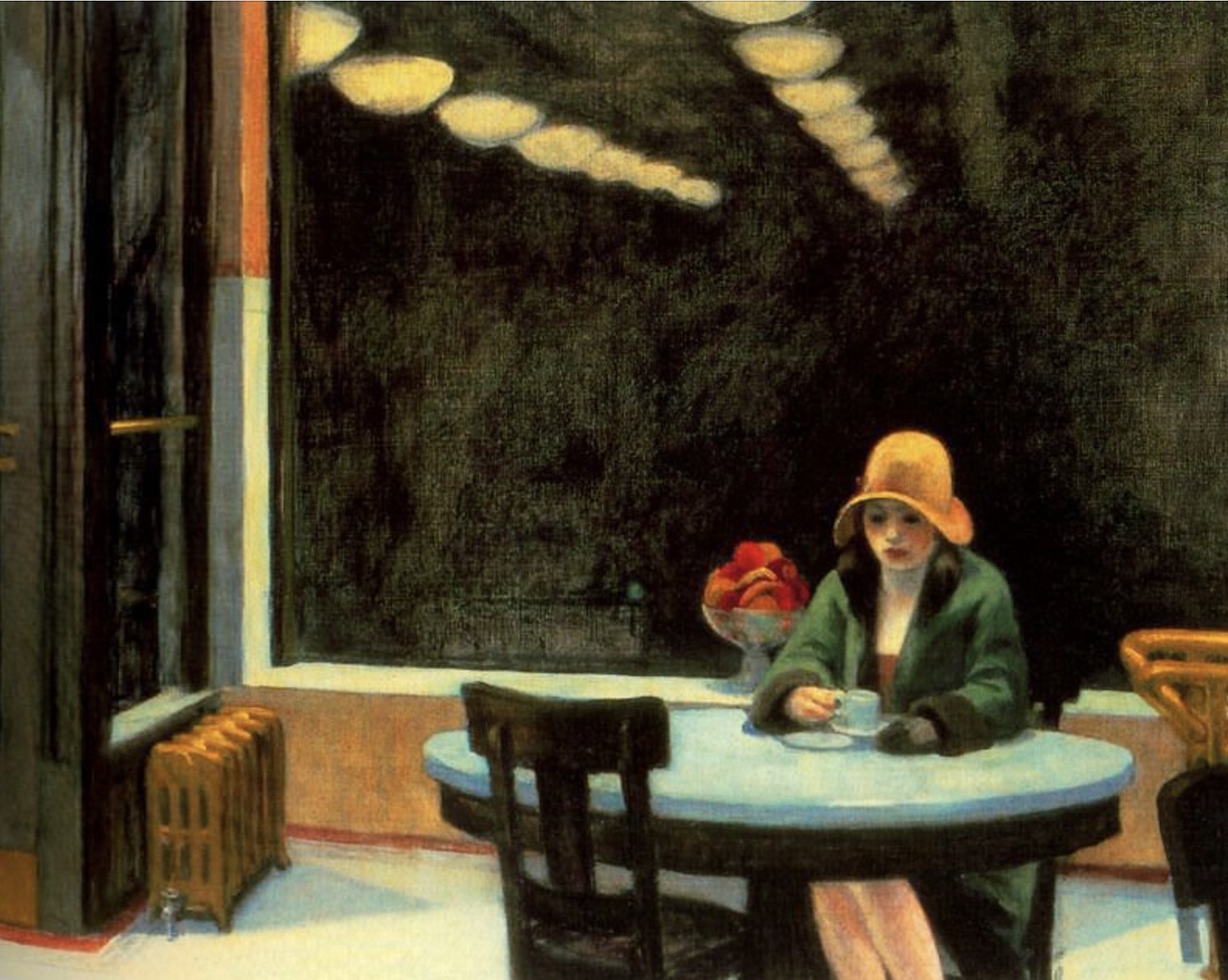
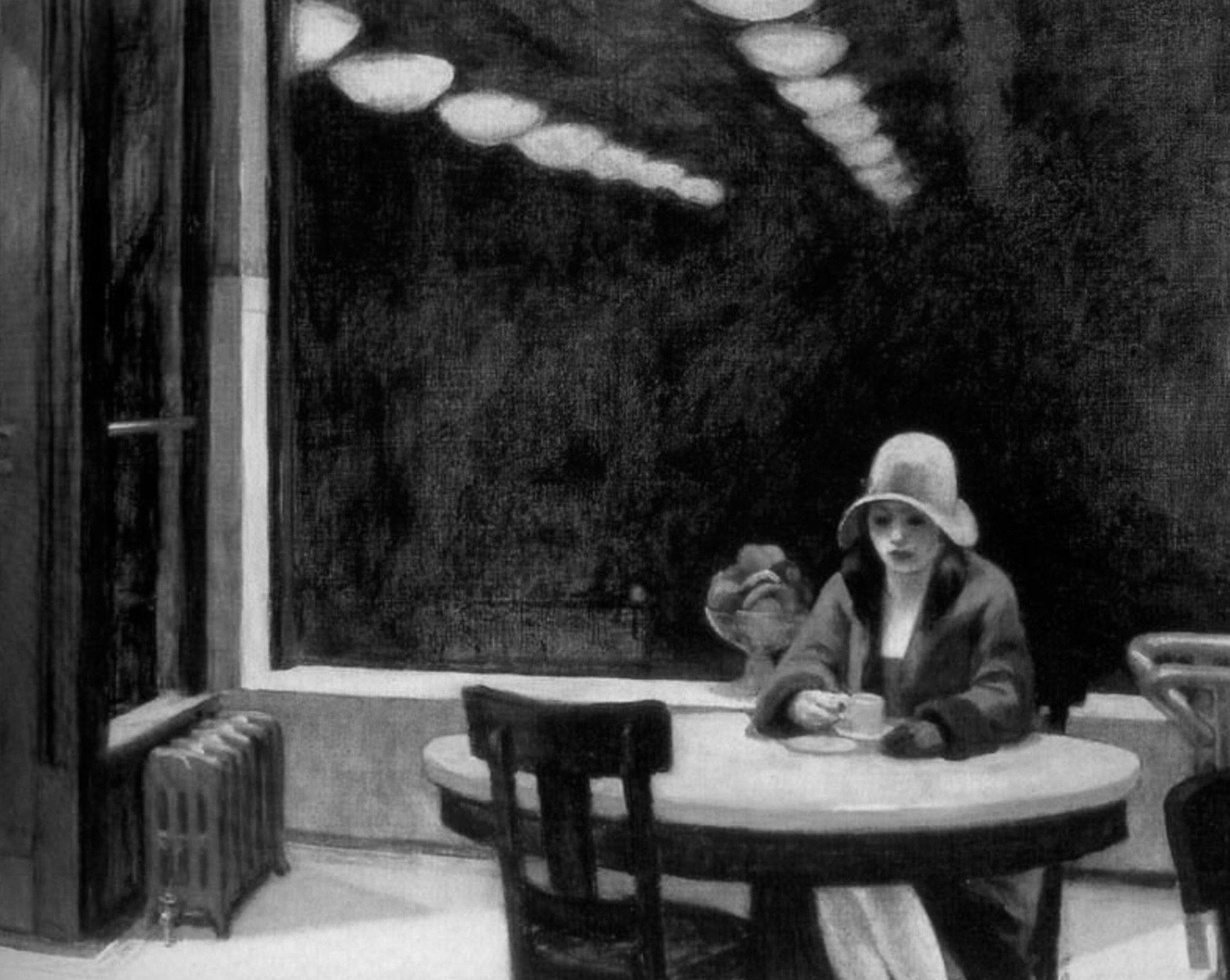
Automat, by Edward Hopper.
Another simple way is to squint your eyes to eliminate details and catch the big shapes in front of you, whether you are looking at a piece of art, photo, or scenery.
3. Old Masters of Tonal Values: Rembrandt and Caravaggio
When discussing tonal values, the names Rembrandt and Caravaggio often come up. These masters utilized strong contrasts between light and dark, a technique known as chiaroscuro. This method, derived from the Italian words “chiaro” (clear, light) and “scuro” (dark, obscure), creates a dramatic interplay of light and shadow.
Take Rembrandt’s The Mill, for instance. The painting’s stark contrasts between the foreground hill and mill against the stormy sky evoke a poetic and somber mood.
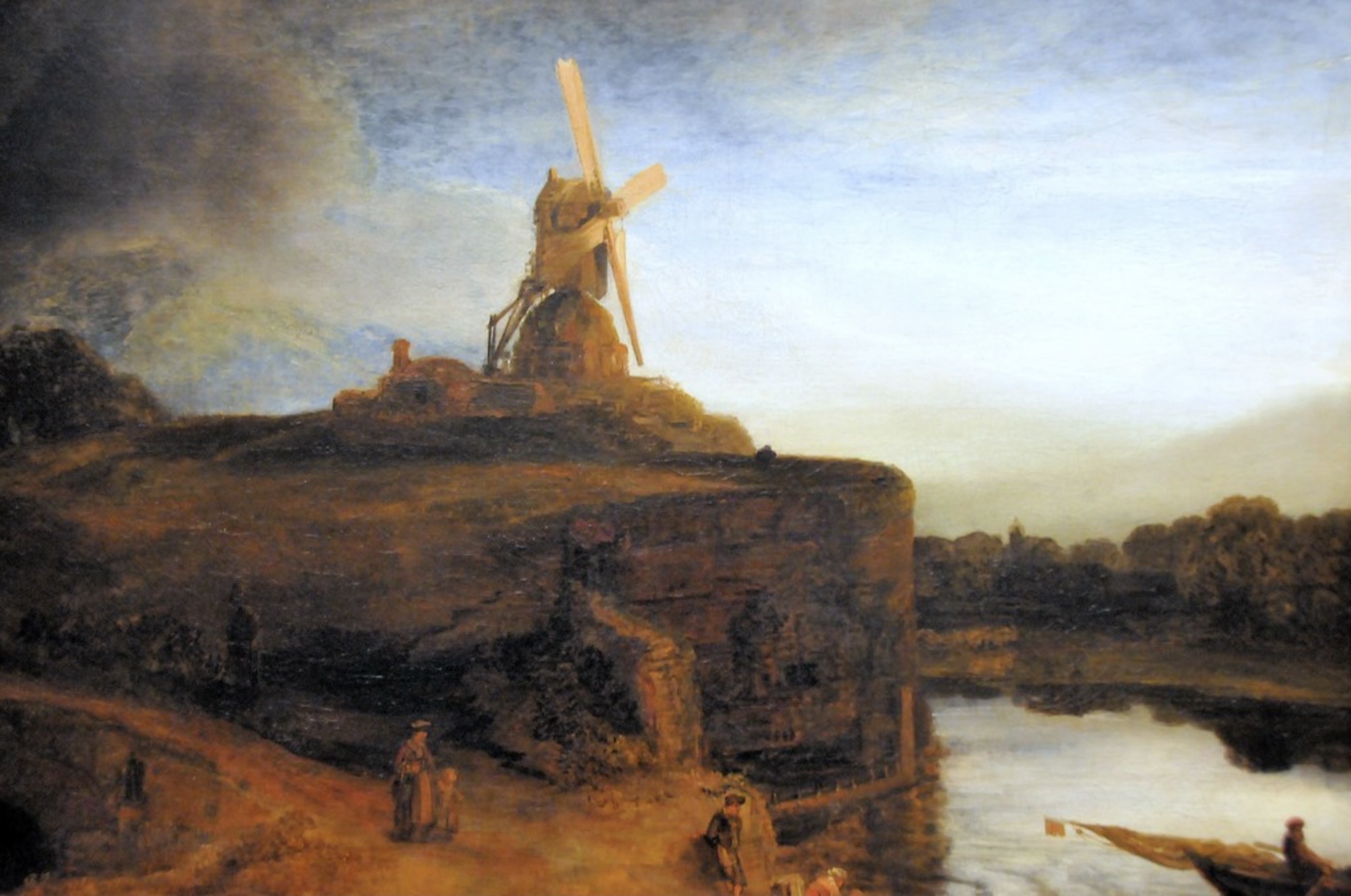

Similarly, in The Storm on the Sea of Galilee, the chiaroscuro technique divides the painting, highlighting the chaos and serenity within the scene.
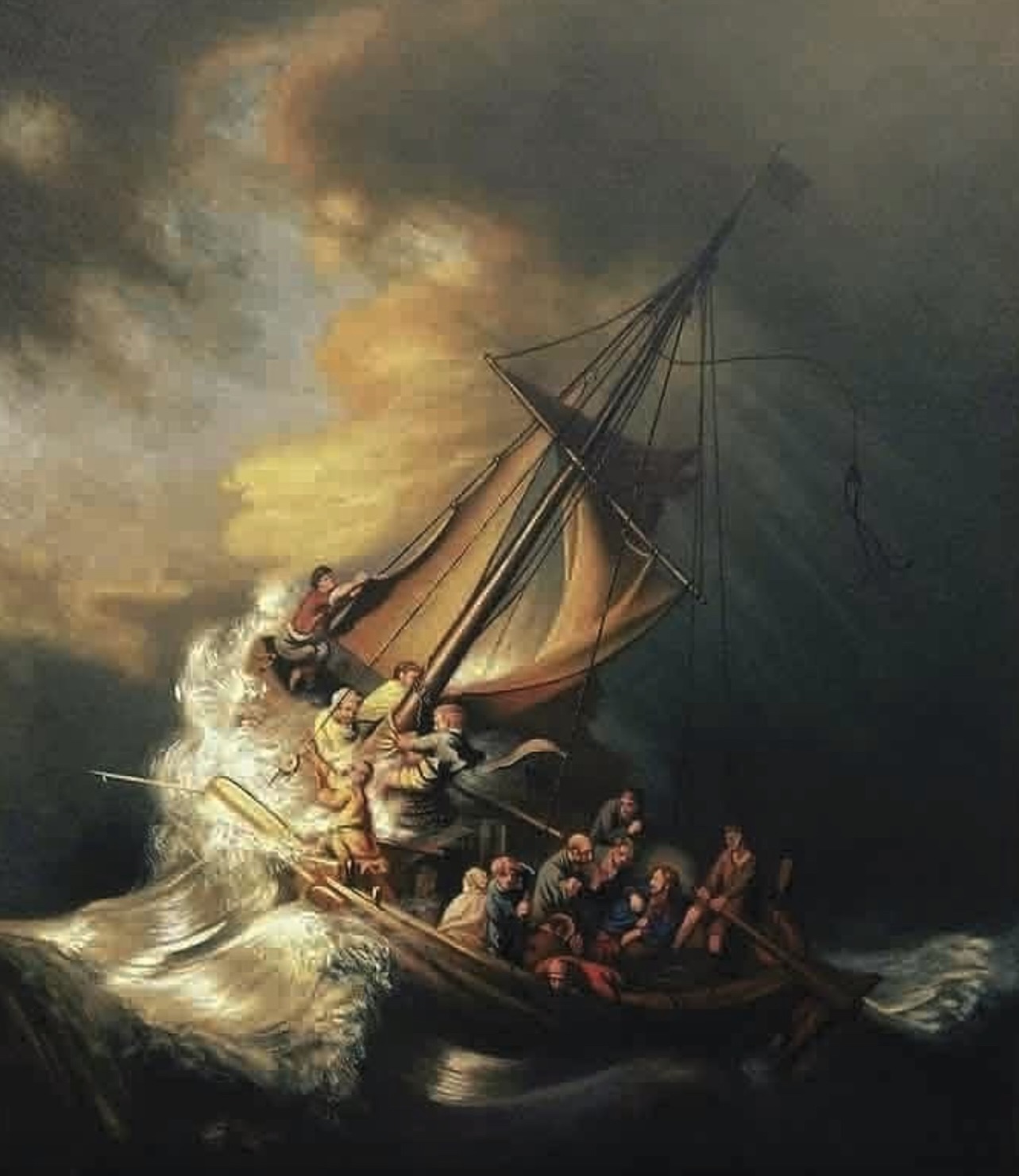
Caravaggio’s The Taking of Christ uses a single light source to create an intense atmosphere, drawing viewers into the pivotal moment of Jesus’s capture.
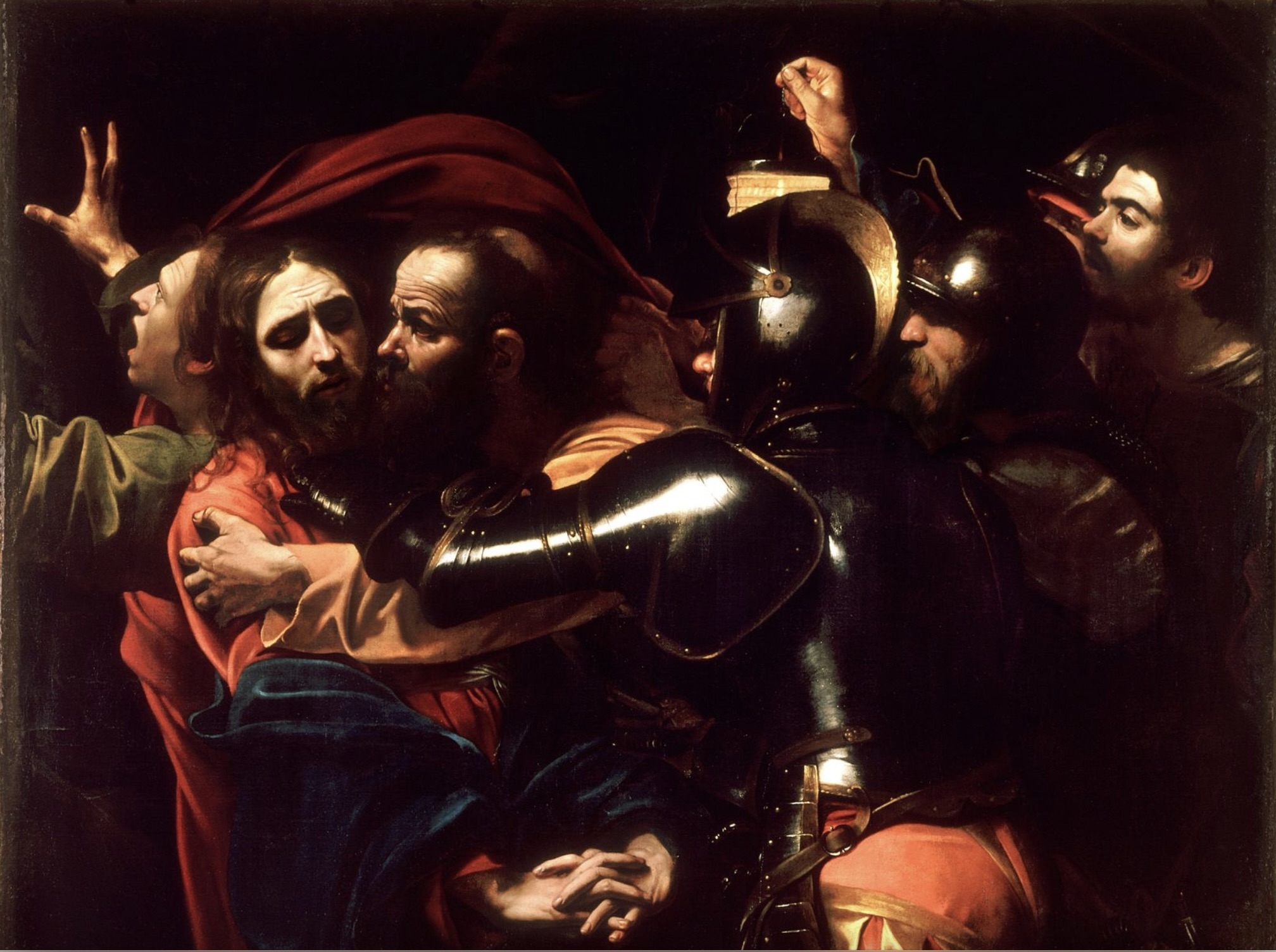
4. Modern Masters example: Edward Hopper
Edward Hopper, a modern American realist, also excelled in using tonal values. In his 1952 painting Morning Sun, Hopper captures the quiet solitude of a woman sitting in bed, bathed in sunlight. The simplicity of the value scale in this work, with its limited range of tones, underscores the painting’s emotional depth.
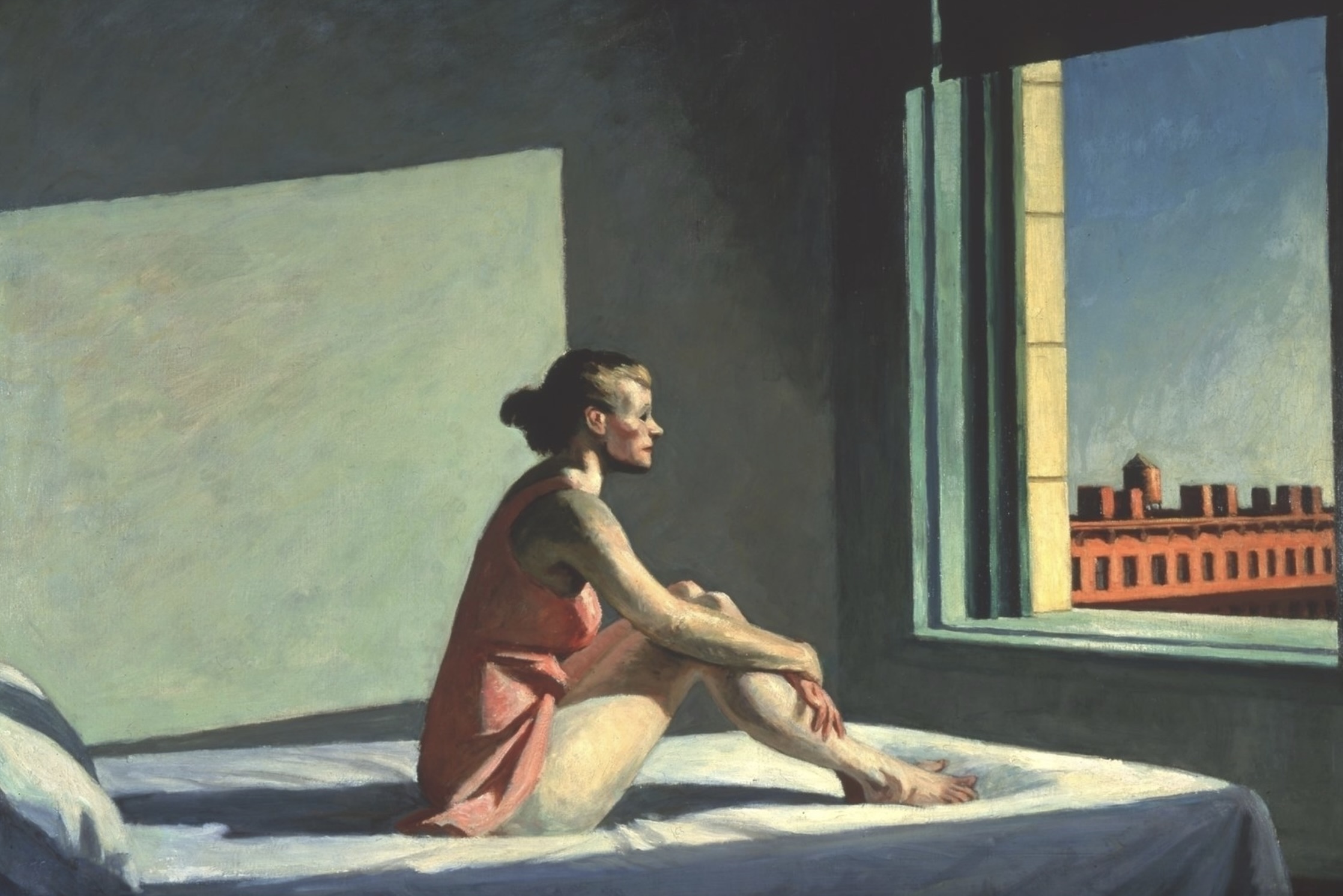
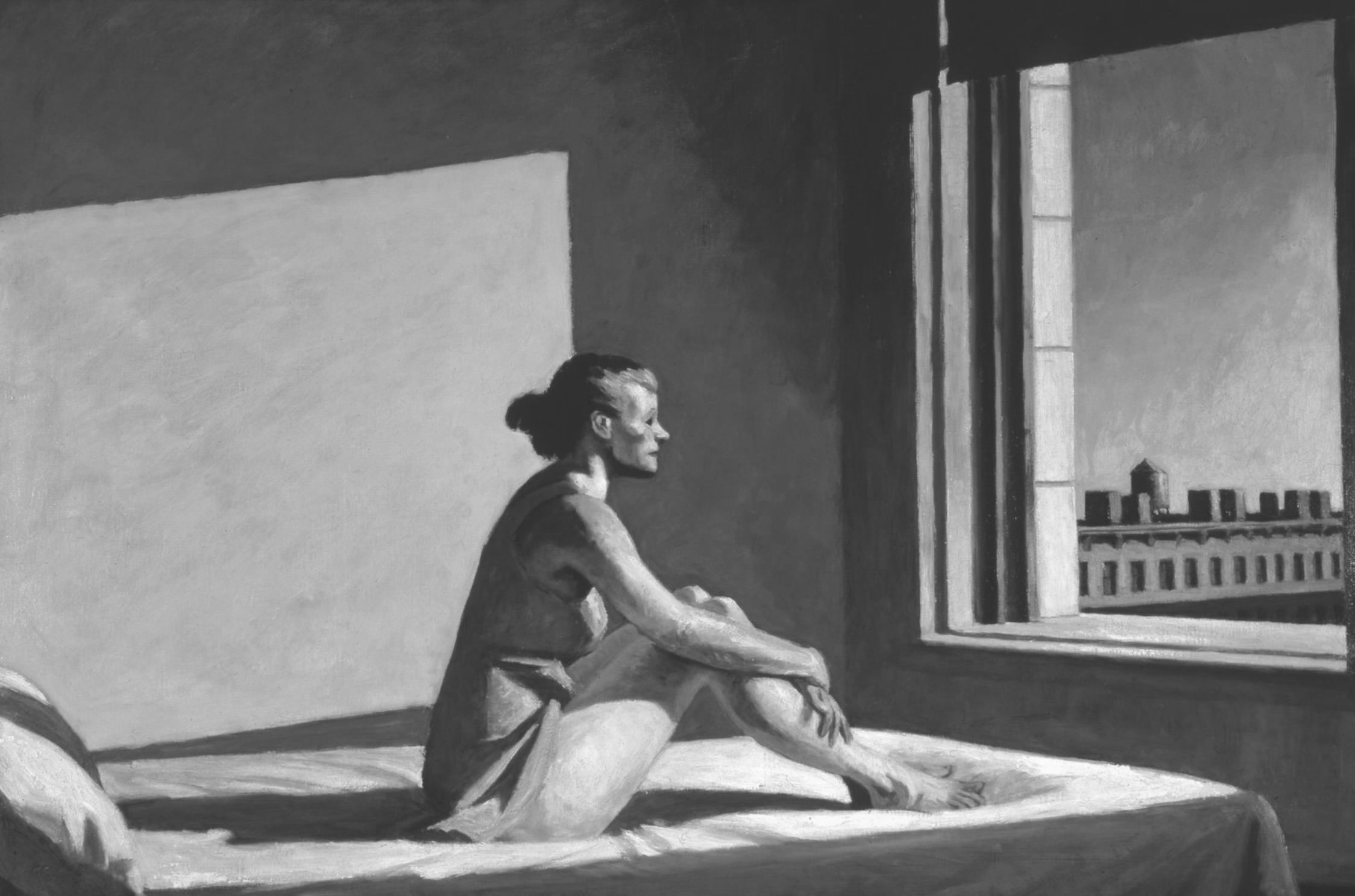
Hopper’s Nighthawks is another iconic example, where the bright interior of a diner sharply contrasts with the dark, empty streets outside. Hopper himself remarked, “Unconsciously, probably, I was painting the loneliness of a large city.”
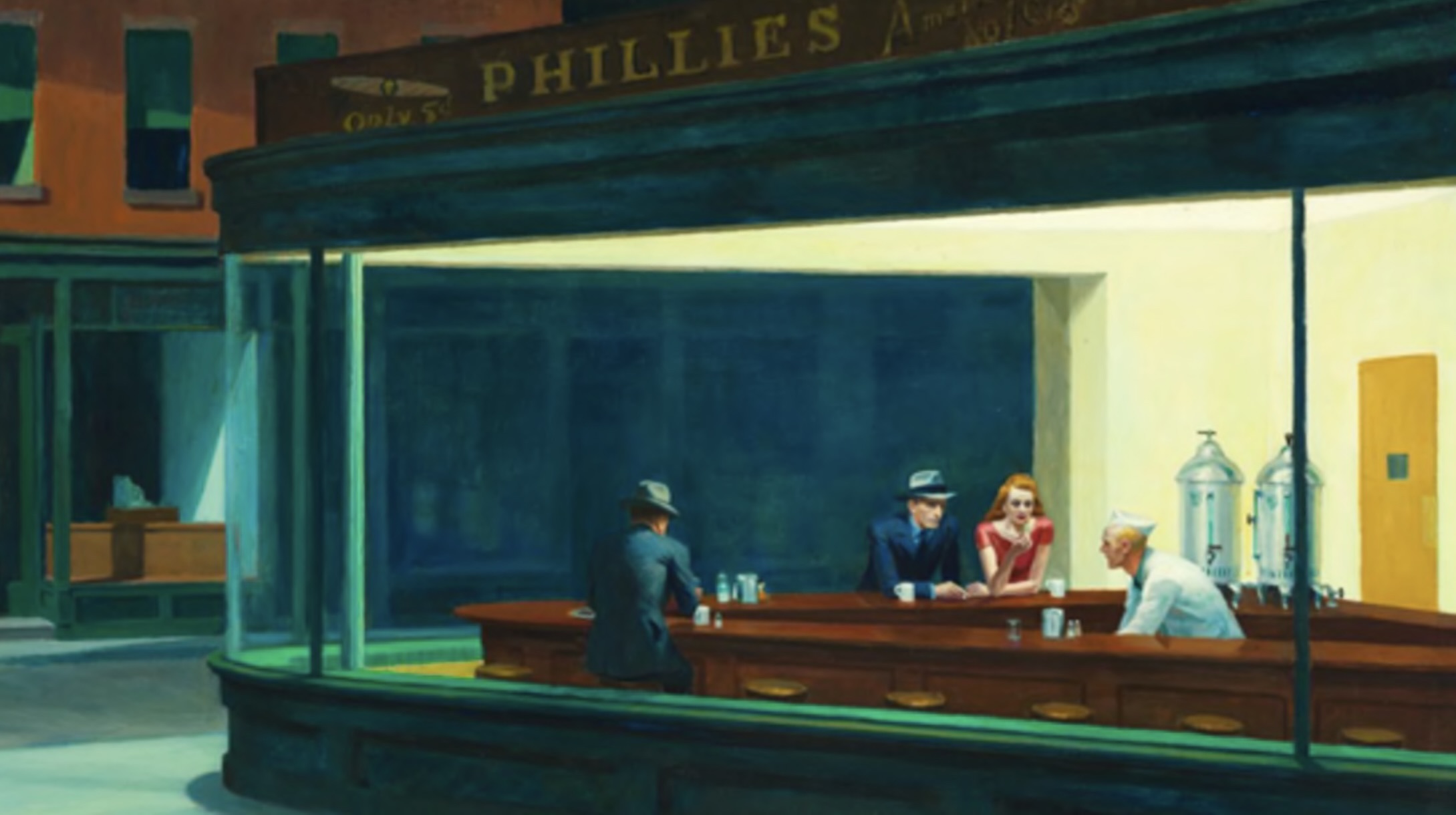
Your Turn: Exploring Tonal Values
Understanding tonal values isn’t just for the great masters; it’s a fundamental skill for all artists. Whether you’re painting a serene landscape or a bustling city scene, experimenting with light and shadow can add richness and depth to your work.
What are some of your favorite examples of tonal values in art? How do you incorporate these principles into your own creations? Leave a comment, I’d love to hear from you!

